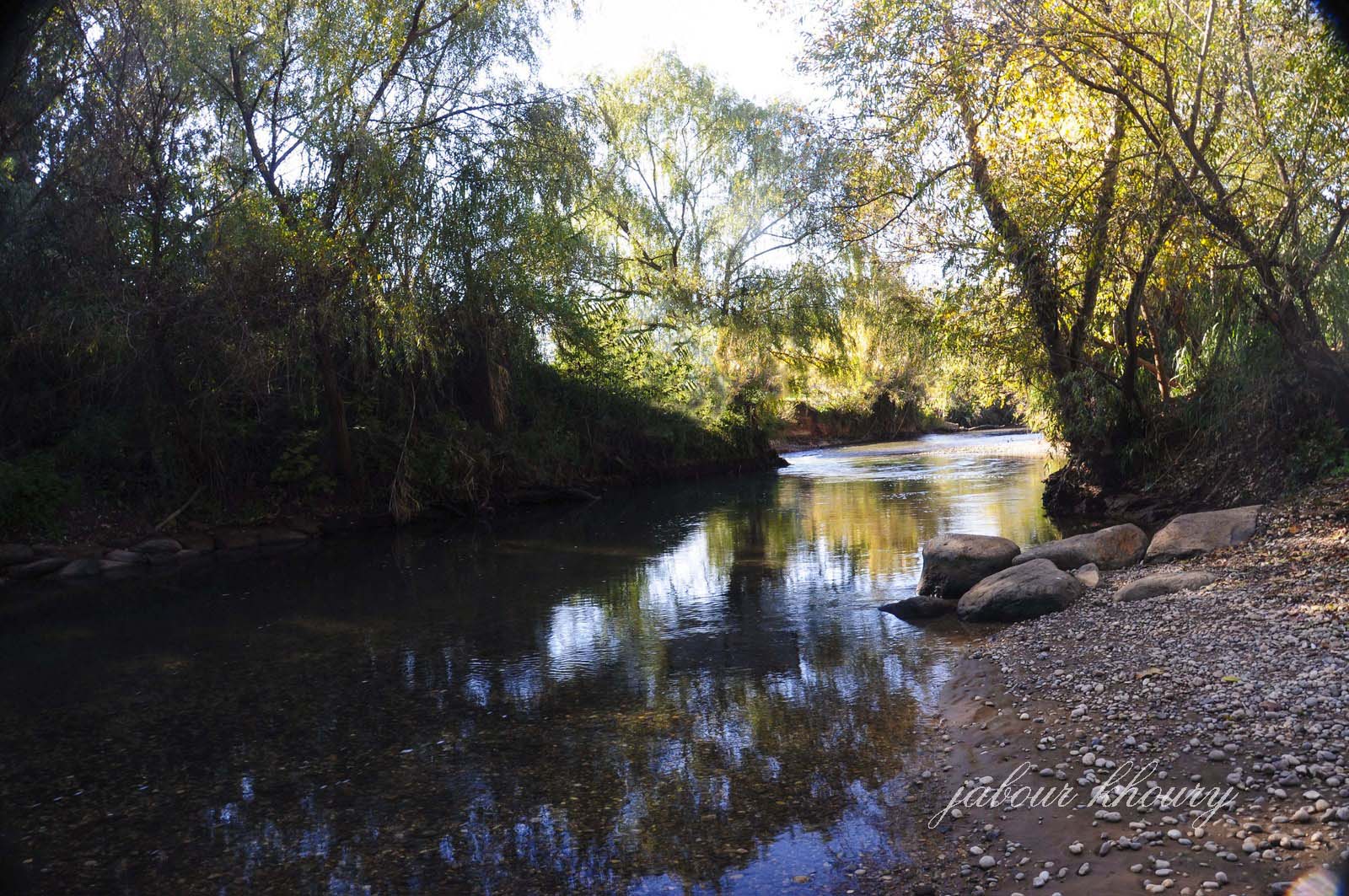Info
District: Safed
Population 1948: 1100
Occupation date: 01/05/1948
Jewish settlements on village/town land before 1948: Kfar Blum
Jewish settlements on village/town land after 1948: None
Background:
Qaytiyya Before 1948
The village was built on flat land between the al-Hasibani and the Dan rivers (both tributaries of the Jordan), in the northern segment of the al-Hula Plain. A secondary road linked it to the neighboring village of al-Khalisa, located 3 km to the west on a highway that led to Safad. Qaytiyya was divided into two quarters: an eastern quarter on the west bank of the al-Dan River, and a western quarter on the east bank of the al-Hasibani River. The houses of the eastern quarter were clustered together, while those of the western quarter were more widely dispersed. The population of Qaytiyya was predominantly Muslim. The villagers earned their living mainly from agriculture and animal husbandry. In 1944/45 a total of 19 dunums was devoted to citrus and bananas and 44 dunums were allocated to cereals; 4,465 dunums were irrigated or used for orchards. The village also had its own grain mill on the bank of the al-Dan River.
Occupation and Depopulation
The displacement of the villagers of Qaytiyya is attributed to the campaign of psychological warfare that the Haganah waged as part of Operation Yiftach (see Abil al-Qamh, Salad District). Israeli historian Benny Morris writes that the villagers left on 19 May 1948, but at least some of the people of Qaytiyya remained in their village until June 1949. However, at midnight on 5 June, army trucks encircled the village and Israeli troops swept down on it. They rounded up its residents and dumped them, together with the villagers of al-Ja’una and al-Khisas, on a bare hillside near ‘Akbara, south of Safad. This raid on the three villages caused a stir among some left-wing Israelis. One Knesset member from the Mapam party said the Palestinian villagers were treated “with brutality. . . with kicks, curses and maltreatment.” The Israeli army justified its brutality by claiming that they had learned that Syrian intelligence was trying to win the allegiance of the villagers and “use them against us,” in the words of an intelligence official. For this reason, it was important to move them “away from the border.” Prime Minister David Ben-Gurion said that he found the military’s reasons “sufficient.” it is not clear what became of the villagers of Qaytiyya, but Morris states that conditions at ‘Akbara, where they had been left, “remained bad for years.”
Israeli Settlements on Village Lands
Zionists founded the settlement of Kefar Blum to the south of the village in 1943 on lands that belonged to Qaytiyya. Beyt Hillel , founded in 1940, was closer to the village site than Kefar Blum but was not on village lands. When the settlement was extended in 1948 it may have absorbed some of these lands.
The Village Today
Only a few stones from the old village are still visible. The surrounding land is cultivated, except for a small section that contains stone rubble and is overgrown with thorny plants and eucalyptus trees.
---------------------------------------
Source: al-Khalidi, Walid (ed.). All that remains: the Palestinian villages occupied and depopulated by Israel in 1948. Washington DC: 1992.


